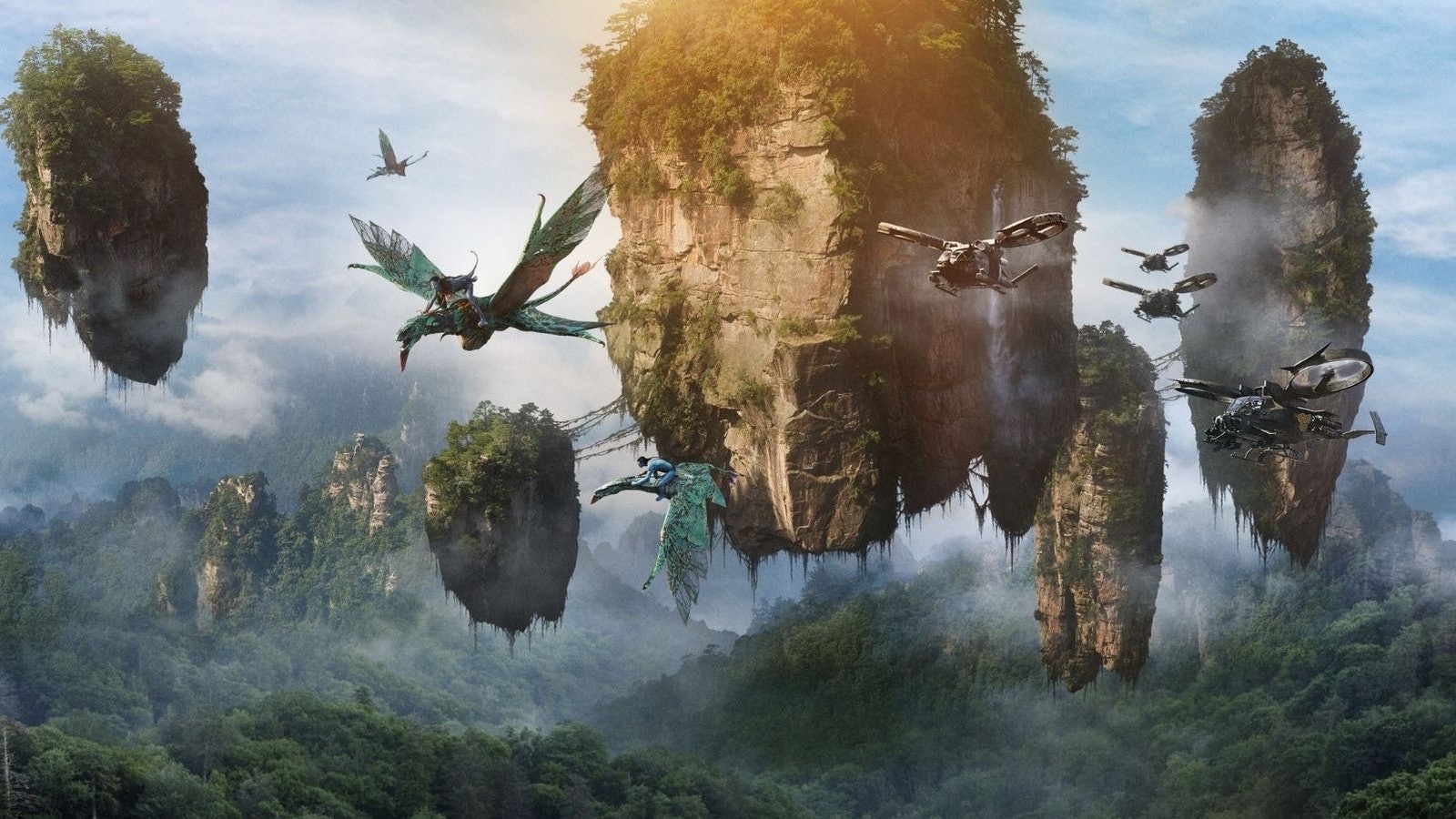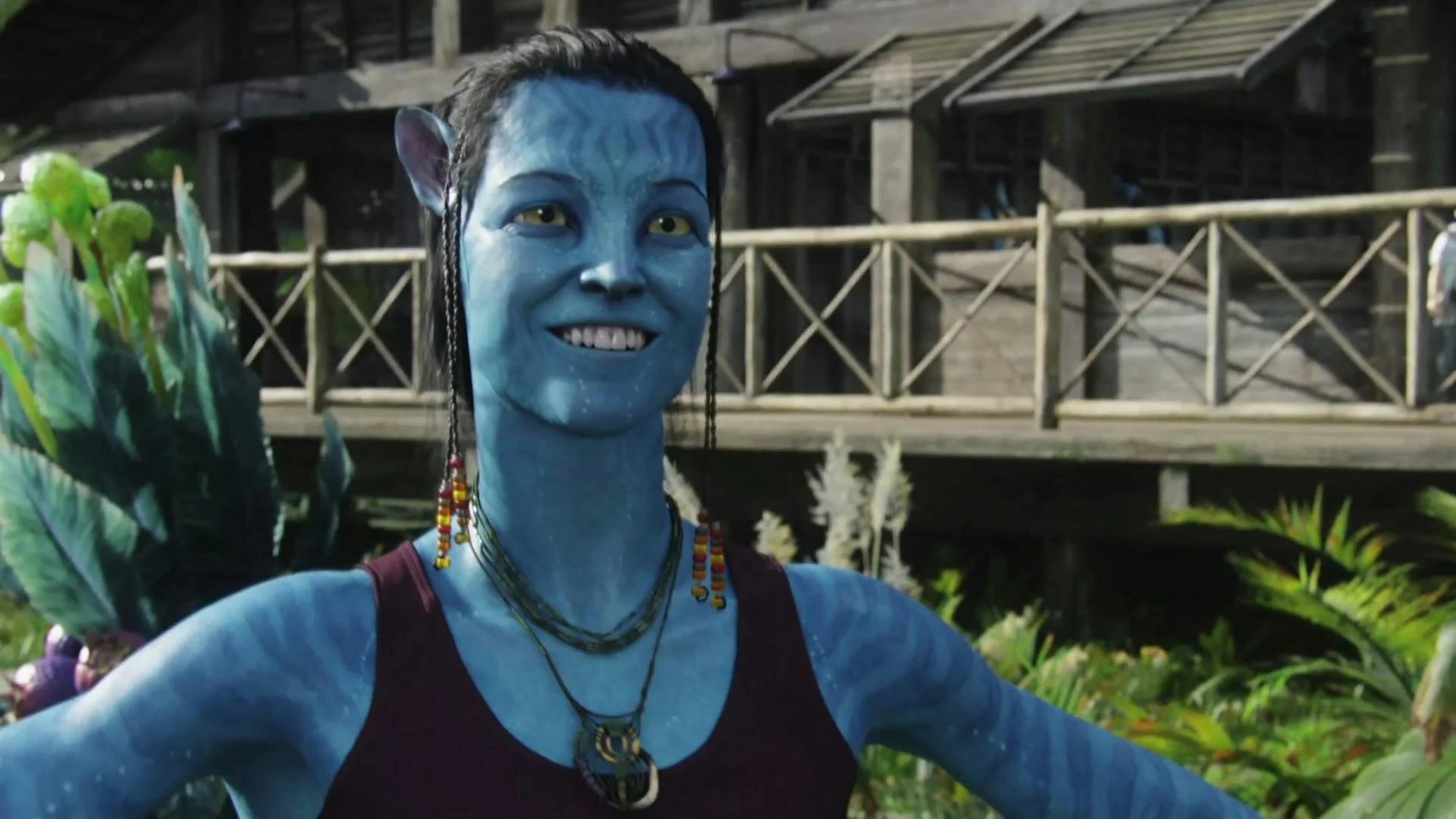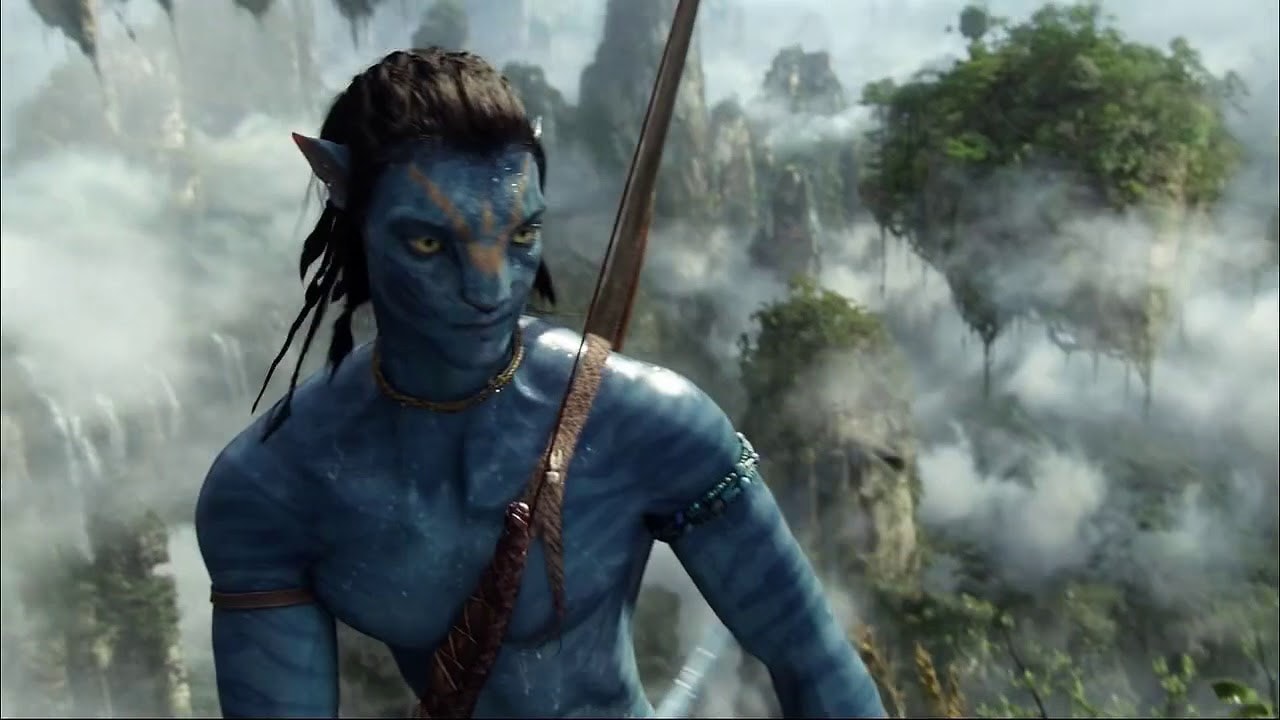
Avatar: The Way of the Water is talking a big game. You’ve probably seen the trailers before every movie and sporting event, and now, glowing reactions are pouring in. But if you’re anything like me, you saw the original Avatar in theaters, thought, “That was cool,” then threw your 3D glasses in the bin and promptly forgot about it.
Thirteen years later, James Cameron’s sci-fi epic feels like a fever dream that’s almost daunting to revisit. But once you dive back into Pandora, the experience is just as immersive — if a little less believable.
Avatar’s premise is well-known, even if most people can’t remember the plot that follows. After his twin brother’s passing, ex-Marine Jake Sully (Sam Worthington) takes his place in a program that allows humans to upload their consciousnesses into the body of a Na’vi, the Indigenous people of Pandora. The Na’vi are huge and blue with “bones reinforced with naturally occurring carbon fiber.” The Resources Development Administration, a dystopian military-corporate hybrid sent to gather resources for a depleted Earth, talks about them like they’re monsters. The Avatar program is run by scientists, but Jake finds himself working with the morally questionable Colonel Quaritch (Stephen Lang) as he infiltrates the Na’vi community.
Jake immerses himself in Na’vi culture as the perfect audience surrogate. When he’s seemingly “chosen” by Pandora’s mystical energy, Neytiri (Zoe Saldana) explains to him, and the viewers, what it means. When she takes him back to her tribe, they begrudgingly accept him as one of their own. Suddenly, this anti-colonialist allegory is a Chosen One underdog tale.
The plot of Avatar isn’t much of a spectacle — the jokes about it ripping off FernGully and Dances with Wolves had more staying power. But you don’t watch Avatar for the plot; you watch it for the visual effects. Through what was then cutting-edge motion capture technology, the Na’vi could be fully computer generated yet still interact with human characters.
More than a decade later, it’s an unfortunate truth that these effects haven’t aged well. There are plenty of scenes where the character design veers into the uncanny valley, the creature animation looks borderline cartoonish, and the physics aren’t quite correct. Everything just feels wrong.

More than anything, Avatar feels like a movie that should have been released 10 years after it was. The concept is ambitious, but despite Cameron’s best efforts, the technology had only scratched the surface of what was possible. Thirteen years later, the CGI quality is nothing compared to the showy visual effects that fans of big franchises like Star Wars and the Marvel Cinematic Universe are used to.
Calling a movie “ahead of its time” is a bit cliché, but for Avatar, it’s literally true. James Cameron was trying to make a movie that could hold its own alongside the next decade of blockbuster filmmaking. Arguably, he failed. If he’d bided his time, he might have been able to borrow from the behemoth franchises we see now, but then who knows if an original idea could compete with the existing intellectual property that dominates the box office today?

In 2022, technology has finally caught up with Avatar and James Cameron’s lofty ambition. Audiences are now more receptive to CGI-driven stories, which Avatar trailblazed. Now, such spectacles are the norm.
The original Avatar hasn’t aged well, but someone had to make this technology mainstream. It was eerily prescient in both vision and tech, and now we, as an audience, get to reap the benefits of a world that’s finally ready for another Pandora adventure (and possibly another, and another, and another).
Avatar is streaming now streaming on Disney+.







